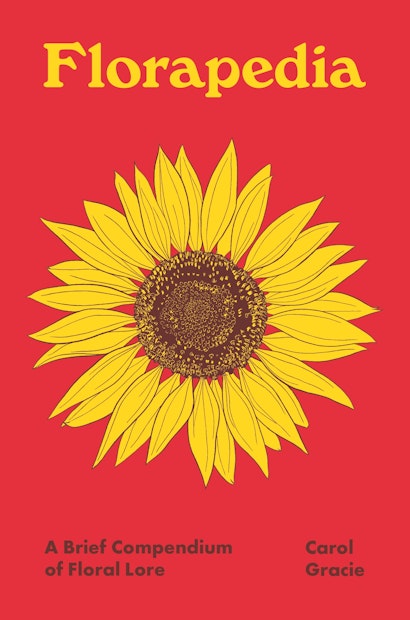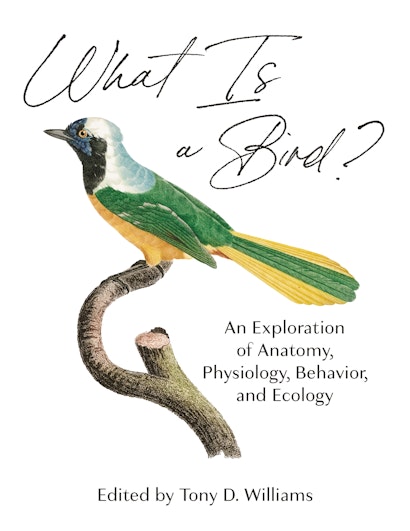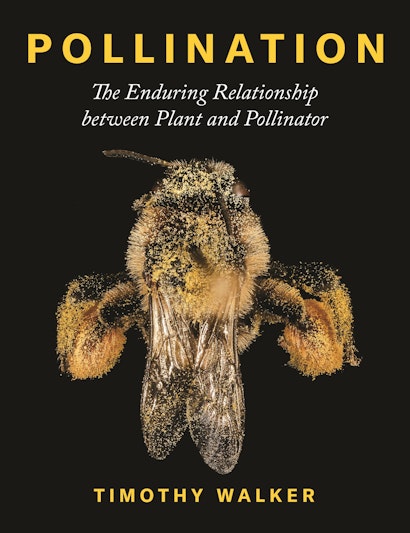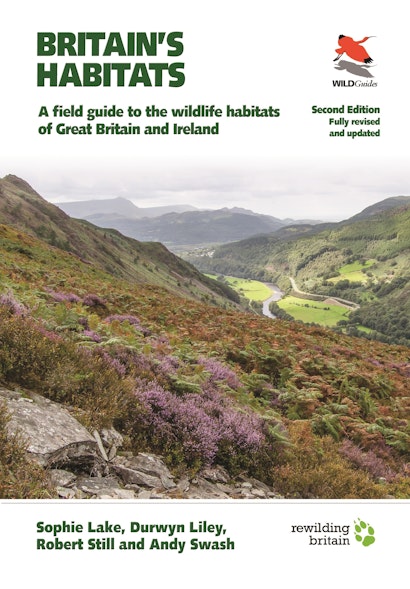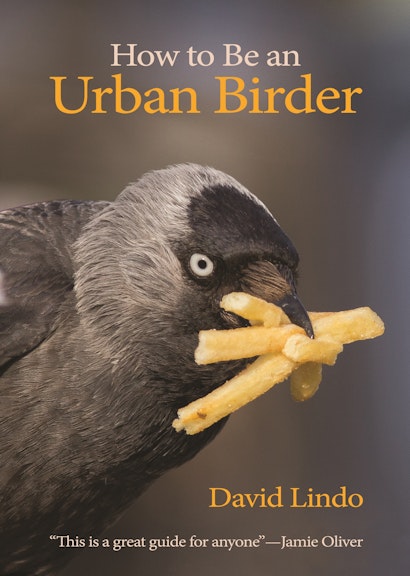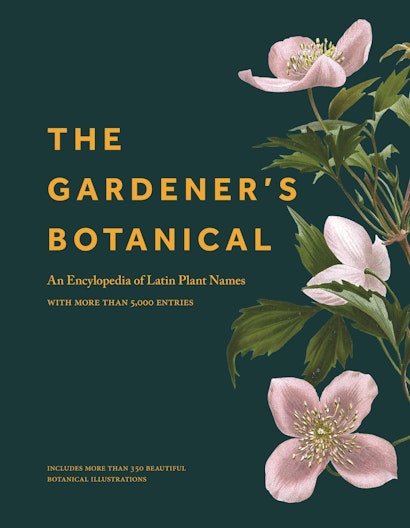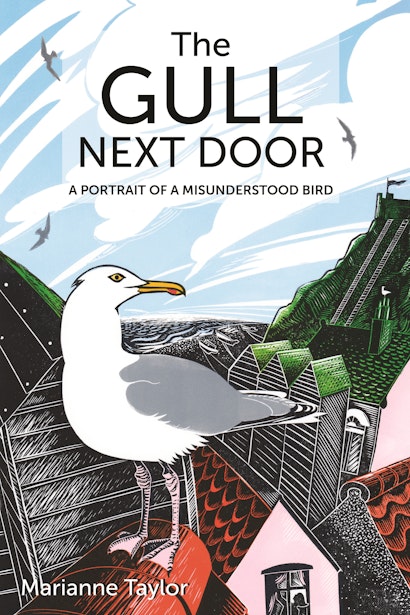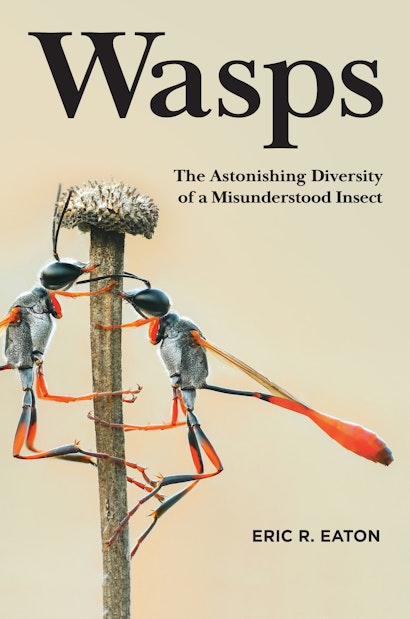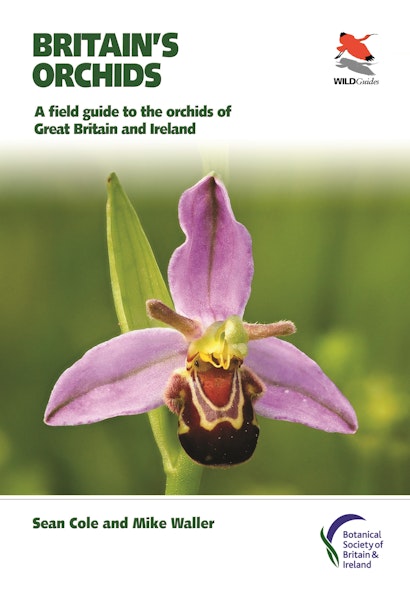Being outdoors improves well-being in myriad ways, and these selections from Princeton Nature range far and wide in their coverage of the natural world including award-winning photographic field guides, large-format reference books, and authoritative field guides.
Florapedia is an eclectic A–Z compendium of botanical lore. With more than 100 enticing entries—on topics ranging from achlorophyllous plants that use a fungus as an intermediary to obtain nutrients from other plants to zygomorphic flowers that admit only the most select pollinators—this collection is a captivating journey into the realm of botany.
There are some 10,000 bird species in existence today, occupying every continent and virtually every habitat on Earth. The variety of bird species is truly astounding, from the tiny bee hummingbird to the large flightless ostrich, making birds one of the most diverse and successful animal groups on the planet. Taking you inside the extraordinary world of birds, What Is a Bird? explores all aspects of these remarkable creatures, providing an up-close look at their morphology, unique internal anatomy and physiology, fascinating and varied behavior, and ecology.
Pollination is essential to the survival of most plants on Earth. Some plants rely on the wind to transport pollen from one flower to another. Others employ an array of ingenious strategies to attract and exploit pollinators, whether they be insects, birds, or mammals. This beautifully illustrated book provides an unprecedented look at the wonders of pollination biology, drawing on the latest science to explain the extraordinarily complex relationship between plant and pollinator, and revealing why pollination is vital for healthy ecosystems and a healthy planet.
Following the Wild Bees is a delightful foray into the pastime of bee hunting, an exhilarating outdoor activity that used to be practiced widely but which few people know about today. Weaving informative discussions of bee biology with colorful anecdotes, personal insights, and beautiful photos, Thomas Seeley describes the history and science behind this lost pastime and how anyone can do it. The bee hunter’s reward is a thrilling encounter with nature that challenges mind and body while also giving insights into the remarkable behavior of honey bees living in the wild. Whether you’re a bee enthusiast or just curious about the natural world, this book is the ideal companion for newcomers to bee hunting and a rare treat for armchair naturalists.
This lavishly illustrated photographic guide provides a comprehensive overview of the natural history of wildlife habitats in Britain and Ireland. Now completely redesigned in a handy field-guide format, and featuring revised and updated text throughout, this new edition of Britain’s Habitats guides readers through all the main habitat types, presenting information on their characteristics, extent, geographical variation, key species, cultural importance, origins and conservation.
Urban birding is fast becoming ornithology’s new rock ’n’ roll. Birds and birding have never been cooler—and urban birding is at the cutting edge. How to Be an Urban Birder is the world’s first guide to the art of urban birding—which is so easy and great fun! Here, urban birding pioneer David Lindo tells you everything you need to know about birds and birding in towns and cities in the UK.
Unlock the secrets of botanical Latin with this beautifully illustrated encyclopedia. The Gardener’s Botanical contains definitions of more than 5,000 plant names—from abbreviatus (“shortened”) to zonatus (“with bands”)—along with more than 350 color illustrations.
From a distance, gulls are beautiful symbols of freedom over the oceanic wilderness. Up close, however, they can be loud, aggressive and even violent. Yet gulls fascinate birdwatchers, and seafarers regard them with respect and affection. The Gull Next Door explores the natural history of gulls and their complicated relationship with humans.
Wasps are far more diverse than the familiar yellowjackets and hornets that harass picnickers and build nests under the eaves of our homes. These amazing, mostly solitary creatures thrive in nearly every habitat on Earth, and their influence on our lives is overwhelmingly beneficial. Written by a leading authority on these remarkable insects, Wasps reveals a world of staggering variety and endless fascination.
Covering all fifty-one native species and twelve of uncertain origin, as well as hybrids and variants, Britain’s Orchids is an engaging, intuitive and in-depth identification guide to all the orchids of Britain and Ireland at all stages of development, from first emergence to setting seed. Drawing on the authors’ extensive field experience and the latest scientific research, the book uses multiple techniques to help both beginner and more advanced orchid enthusiasts to identify even the most difficult plants.

